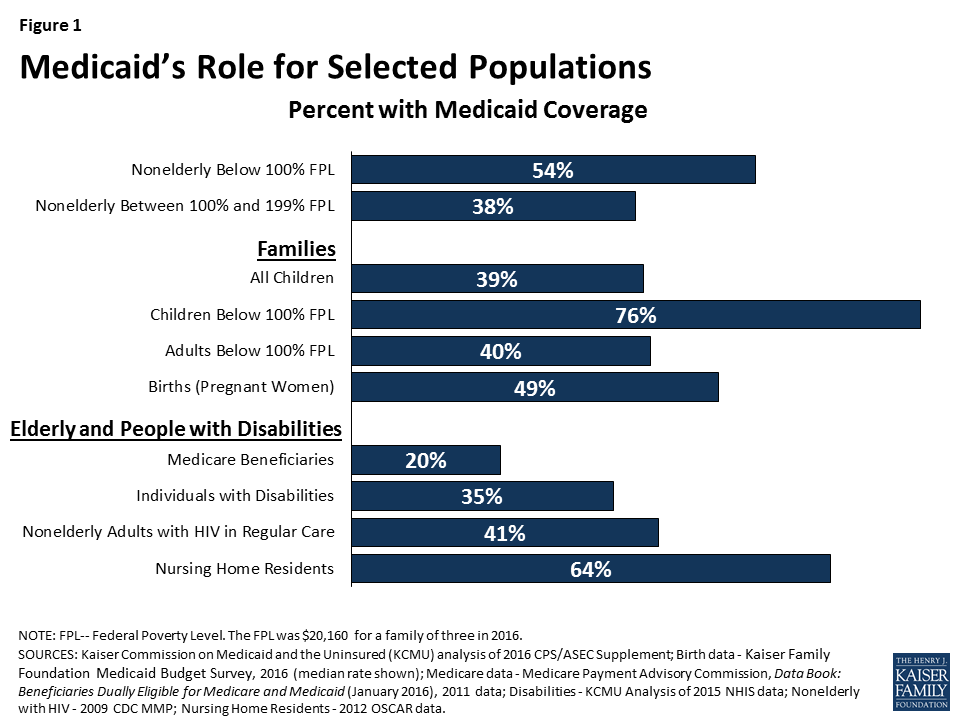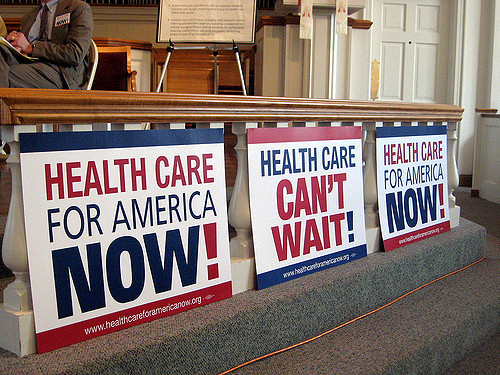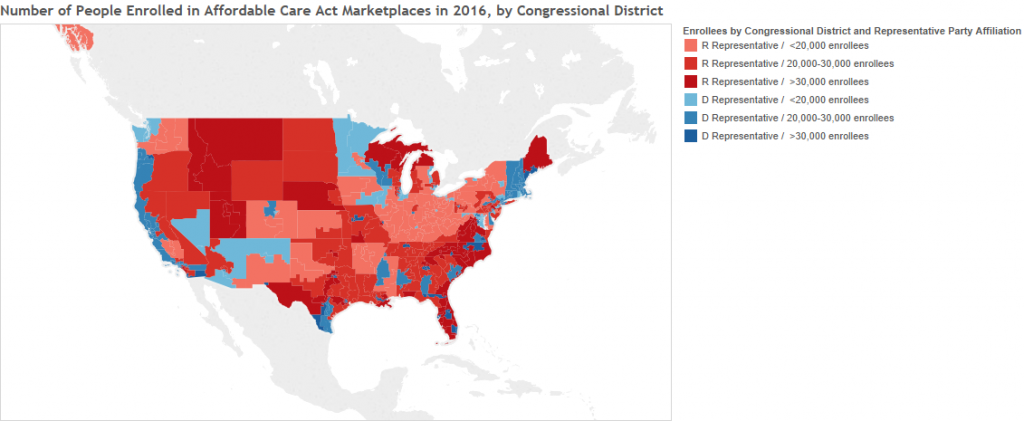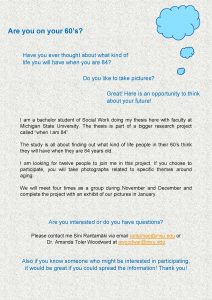Donald Trump’s proposed budget would cut funding to the National Institutes of Health by 18.3%, or about $5.8 billion. I in a university setting where NIH funding keeps many people employed. For me, this was big news. ButI can see why others might shrug and think it’s no big deal. Or even see it as money that could be better used somewhere else.
I could rant about the current anti-science atmosphere and an ever growing disdain for evidence-based decision making for another day. At some point, I’ll probably go on and on about how scientific research has contributed to pretty much every part of our lives from Viagra and hair plugs to iPhones and Wifi to clean air and water and freedom from diseases like measles and polio (more or less that is, as long as people get vaccinated). I might also spread doom and gloom about how cuts like this threaten our future as a leader in medical research and inhibit new developments in the prevention and treatment of diseases.
Instead I’d like to suggest that the NIH is one place where our tax money is well used and well spent.
Well used because over 80% of NIH resources go to the actual work of the agency. That work includes biomedical research projects, training programs, and science centers that affect nearly every district in the country. As government agencies go, it’s a lean operation which means we get more bang for our tax dollar.
Well spent because our tax money is funding programs that we can actually use and research that directly impacts our health and well-being.
So to put some context to the proposed budget cut, here’s a primer on the National Institutes of Health (NIH) and what is does.
- The NIH is a bunch of institutes and centers that target different topic areas. Some of the larger and better known include the National Institute on Aging (one of my personal favorites), the National Institute of Mental Health, and the National Cancer Institute.
- The mission of the NIH is “to seek fundamental knowledge about the nature and behavior of living systems and the application of that knowledge to enhance health, lengthen life, and reduce illness and disability”.
- The annual budget is around $33 billion.
- This funds research, educational resources for the public, and science education.
Here are a few examples of each of those.
Funded research
One recent study, developed and tested a gene test to predict which women with a specific type of breast cancer could safely avoid chemotherapy and be treated with hormone therapy alone. Sixteen percent of women tested were found to have a very low risk of recurrence. They received hormone therapy, but not chemotherapy. Five years later, their risk of breast cancer recurrence was less than 2%. Imagine having more tools like this that help doctors target treatments so you can receive the most effective and least debilitating treatment possible. That’s what government funded research helps us do.
Educating the public
Did you know that dietary supplements can have negative interactions with other other-the-counter and prescription medications? This health information resource from the National Center for Complementary and Integrative Health walks you through drug-supplement interactions, how you can inform yourself about the supplements you’re taking, and work with your doctor to avoid problems. This is just one example of the health information available to you through NIH. This is information that has been vetted by professionals and that is grounded in solid evidence. Paid for by your tax dollars – the people’s money working for the people.
Resources for science education
This page within the NIH website provides a variety of resources for students and educators. It includes information about health, such as the National Institute of Arthritis and Musculoskeletal and Skin Diseases Kids Page, as well asresources on doing science, such as the Microscope Imaging Station, an online tool to explore the microscopic world – like this funky blue bacteria which just blows my mind!
provides a variety of resources for students and educators. It includes information about health, such as the National Institute of Arthritis and Musculoskeletal and Skin Diseases Kids Page, as well asresources on doing science, such as the Microscope Imaging Station, an online tool to explore the microscopic world – like this funky blue bacteria which just blows my mind!
Sometimes it’s hard to care about things like the NIH when there is so much hardship in the world. But cuts like those proposed are short-sighted and organizations like NIH make life better for all of us whether we see it or not.
It’s time to speak up. Let our representatives know that this is not okay.







